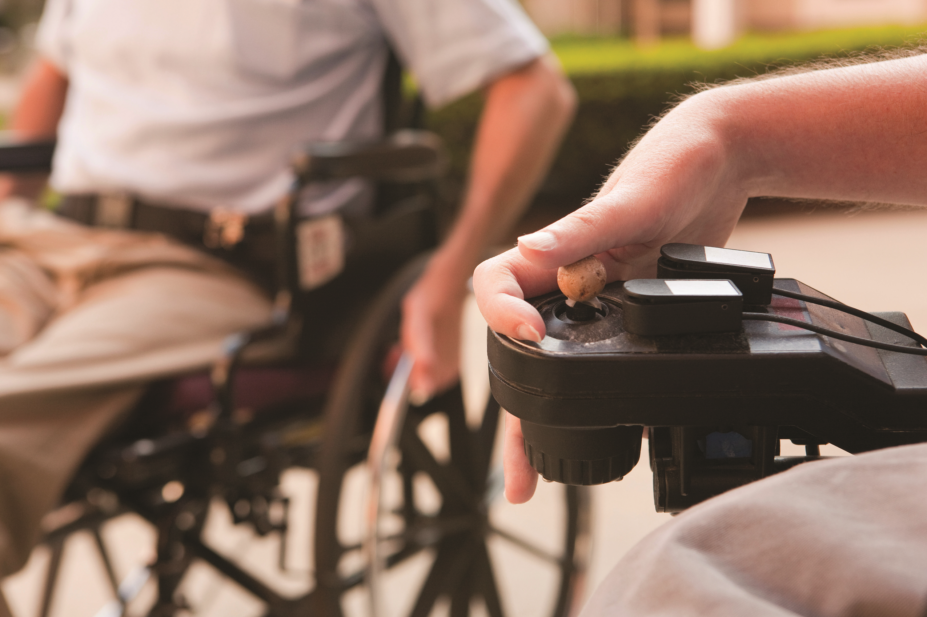
Disability Images / Alamy Stock Photo
The US Food and Drug Administration (FDA) has approved the first corticosteroid to be made available in the United States for the treatment of patients with Duchenne muscular dystrophy.
The medicines safety regulator has fast tracked a licence for deflazacort, marketed as Emflaza by Marathon Pharmaceuticals, to treat patients aged 5 years and older with the rare genetic disorder.
But concerns have been raised about the price of the drug, including by United States senator Bernie Sanders. In a letter to Marathon Pharmaceuticals on 13 February 2017, Sanders and Elijah Cummings, a member of the United States House Committee on Oversight and Government Reform, demand to know why the company plans to charge US$89,000 per year for deflazacort, a drug that they say is widely available outside the United States for approximately US$1,000 per year.
“Marathon’s apparent abuse of government-granted exclusivity periods and incentives to sell what should be a widely available drug for US$89,000 a year is unconscionable,” Sanders and Cummings say in the letter. “Exorbitantly pricing potentially life-saving medications that should be widely available for a fraction of the price hinders patient access and drives up costs for the entire healthcare sector.”
In an open letter published on Marathon’s website, Jeff Aronin, the company’s chairman and chief executive, confirms that Marathon is “pausing its commercialization efforts” in order to explain its plans and to review concerns.
Sanders and Cummings point out that Marathon recently acquired the rights to “historical clinical trial data” for deflazacort in Duchenne muscular dystrophy and completed additional analyses to gain approval from the FDA. “We believe Marathon is abusing our nation’s ‘orphan drug’ program,” Sanders and Cummings say in their letter.
However, Aronin explains: “The resources we invested were substantial and we don’t expect to recoup our investment for several years and we have only seven years of market exclusivity.” He also points out that deflazacort was being used without FDA approval, and without ever having been approved anywhere in the world for Duchenne muscular dystrophy, by a small group of patients in the United States who imported the drug from overseas.
“Our goal in commercializing Emflaza all along has been to make it available to a much broader set of patients,” says Aronin. “There was also much we did not know about using the drug in the Duchenne patient population including proper dosing, potential side effects and drug-to-drug interactions.”
Duchenne muscular dystrophy is the most common type of muscular dystrophy and is caused by an absence of dystrophin, a protein that helps keep muscle cells intact. The first symptoms are usually noticed between the ages of three and five years with the disease becoming progressively worse over time.
People with Duchenne muscular dystrophy progressively lose the ability to perform activities independently and often require use of a wheelchair by their early teens. As the disease progresses, life-threatening heart and respiratory conditions can occur. Disease severity and life expectancy vary.
Deflazacort works by decreasing inflammation and reduces immune-system activity. Side effects of deflazacort, which has been given orphan drug status by the FDA, are similar to those experienced with other corticosteroids.
The FDA decision follows the results of two clinical trials. The first involved 196 male patients aged 5 to 15 years who had evidence of the mutated dystrophin gene and onset of weakness before the age of 5. Improvements in muscle strength – which lasted 104 weeks – were also shown in another trial involving 29 male patients.


